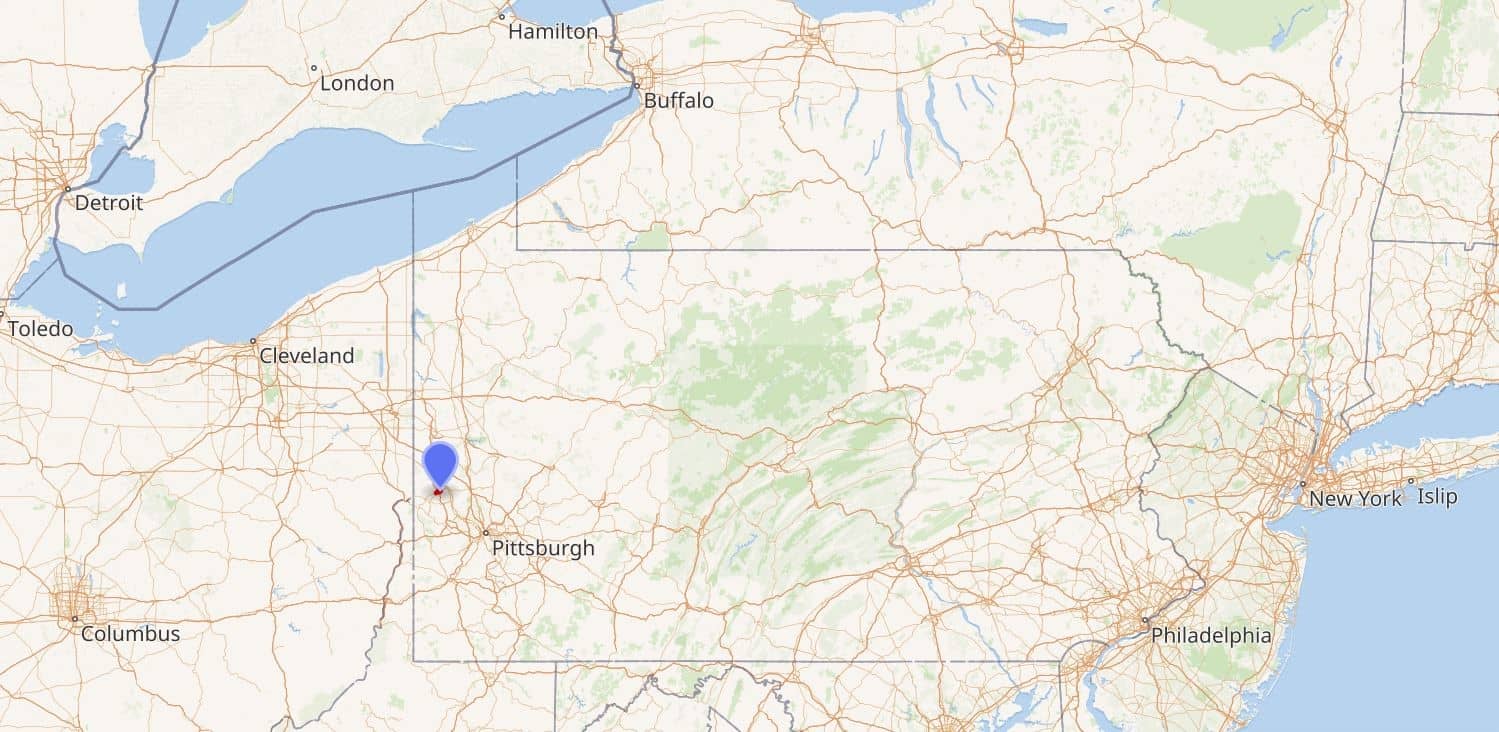Though it has been developing since the dawn of spoken communication, rhetoric first entered recognized Western philosophy during the fourth century BCE. Aristotle’s Ars Rhetorica (Rhetoric) set the foundation for a scientific, yet humanistic, study of the art of communications. This treatise on the art of persuasion uses controversial arguments in contemporary Athenian culture and politics as case studies for Aristotle’s analysis and teaching.
The entire English translation of Aristotle’s original work is available online.
Aristotelian rhetoric focuses on the relationship between the Speaker, the Audience and the Message. That relationship can be summed up as persuasion, the cornerstone of all human communication. Even non-argumentative communication is persuasive, as Speakers (and writers) always have a three-fold approach: to present a logical argument, to establish their own credibility and to show the audience why they should care. The three elements of persuasive speech are logos, ethos and pathos.
Research papers tend to be logos-driven. In this case the Speaker cites scientific data, methodically walks through their line of reasoning, or precisely documents historical events relevant to their argument. An ethos-driven document relies on the reputation of the author. When you view that commercial about a specific brand of toothpaste quoting that 4 out of 5 dentists use it, that’s an appeal to ethos. Advertisements tend to gravitate toward a pathos style. When a Speaker uses humor, a narrative or anecdote, compelling images or quotes, they are usually attempting to connect with the reader emotionally.
The Aristotelian triangle serves as a model for conceptualizing the relationship between the three parts of communication. It also shows the mutually dependent relationship of the elements of speech. The triangle is used because no point can hold a shape without the other two, just as no communication is effective without all three elements.
People employ the three parts of communication every day. Let’s take a look at a few examples related to the oil and gas industry.

Imagine that you work for a state regulatory agency that inspects oil and gas operations. You are asked to represent your agency in an interview with the press. You want to express that your agency employs highly skilled inspectors with experience in the field and understanding of the latest industry technology. You also want to show that your agency has a consistent record of correctly and quickly reporting noncompliance by well operators. In addition, you want to show the measurable public good that comes from your agency’s activities ensuring the safe, sustainable and legal operation of wells. These are examples of rhetorical appeals to logos, ethos and pathos.
Here are a few other examples of published communication related to oil and gas and their respective rhetorical appeals.
Donation by Chevron for California Fire Relief in 2020
Wildfires ravaged much of the Pacific coastal states of the U.S. in 2020. Business Wire published a news article about Chevron’s donation for California fire relief.1Business Wire. (2020, September 14). Chevron Donates $250,000 for California Fire Relief. Retrieved 10/10/2020 from https://www.businesswire.com/news/home/20200914005132/en/
Several interview quotes illustrate rhetorical appeals.

“Our thoughts are with those impacted by the overwhelming effects of this situation and the people on the front lines battling to contain and extinguish the fires,” said Dale Walsh, vice president of corporate affairs for Chevron. “This donation reflects our ongoing commitment to help people in the communities where we do business during challenging times.”2Business Wire. (2020, September 14). Chevron Donates $250,000 for California Fire Relief. Retrieved 10/10/2020 from https://www.businesswire.com/news/home/20200914005132/en/
These quotes are appeals to pathos. The Speaker (Chevron’s VP of Corporate Affairs) is presenting a Message to the Audience about why they should care about Chevron’s donation: proof of Chevron’s commitment to the community during a time of great need.
The article continues with information on the company created by Chevron: Chevron is one of the world’s leading integrated energy companies. Through its subsidiaries that conduct business worldwide, the company is involved in virtually every facet of the energy industry.3Business Wire. (2020, September 14). Chevron Donates $250,000 for California Fire Relief. Retrieved 10/10/2020 from https://www.businesswire.com/news/home/20200914005132/en/
This content appeals to ethos. The company establishes its credibility through this appeal.
Shell’s Pennsylvania Petrochemicals Complex
In November 2017, Shell Oil Company announced construction of the 386-acre Pennsylvania Petrochemicals Complex, a major petrochemicals plant to process ethane from shale gas.4Shell. (n.d.). Pennsylvania Petrochemicals Complex. Retrieved 10/10/2020 from https://www.shell.com/about-us/major-projects/pennsylvania-petrochemicals-complex.html
A description of the project on the company’s website contains examples of rhetorical appeals.
The plant is located close to both its source of ethane and its customer base. More than 70% of North American polyethylene customers are within a 1,100 kilometre (700-mile) radius of Pittsburgh. The plant’s Pennsylvania location will provide Shell with a competitive advantage over Gulf Coast operators while providing customers with a shorter, more dependable supply chain.5Shell. (n.d.). Pennsylvania Petrochemicals Complex. Retrieved 10/10/2020 from https://www.shell.com/about-us/major-projects/pennsylvania-petrochemicals-complex.html
The explanation of why Shell located the complex near Pittsburgh, Pennsylvania, USA appeals to logos. The Speaker (Shell) presents a Message with appeal to logic for the Audience.
Images: “Scuola di Atene (The School of Athens)” by Raphael, 1511, Apostolic Palace, The Vatican City




